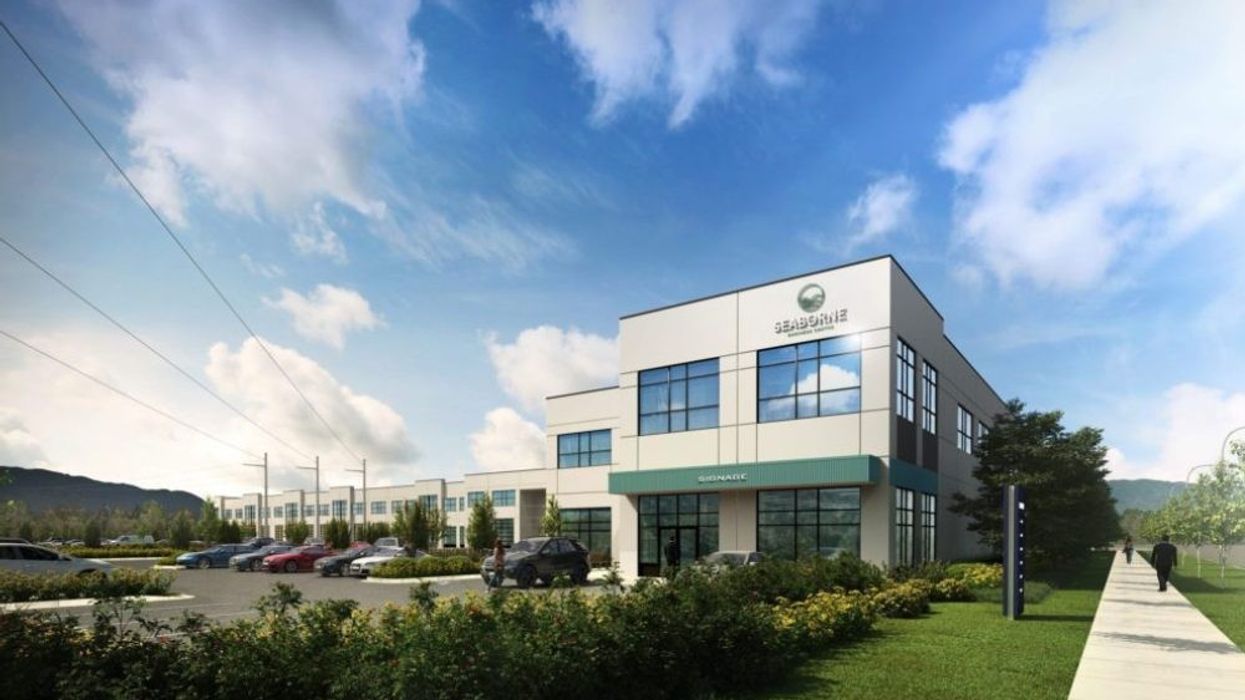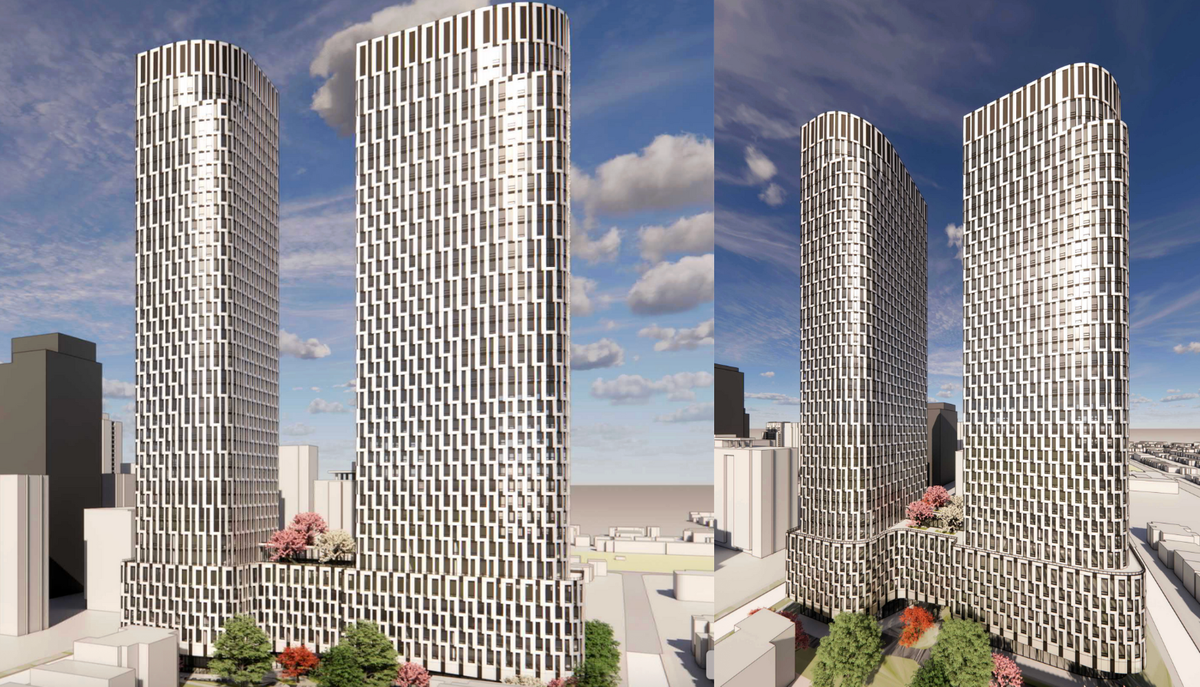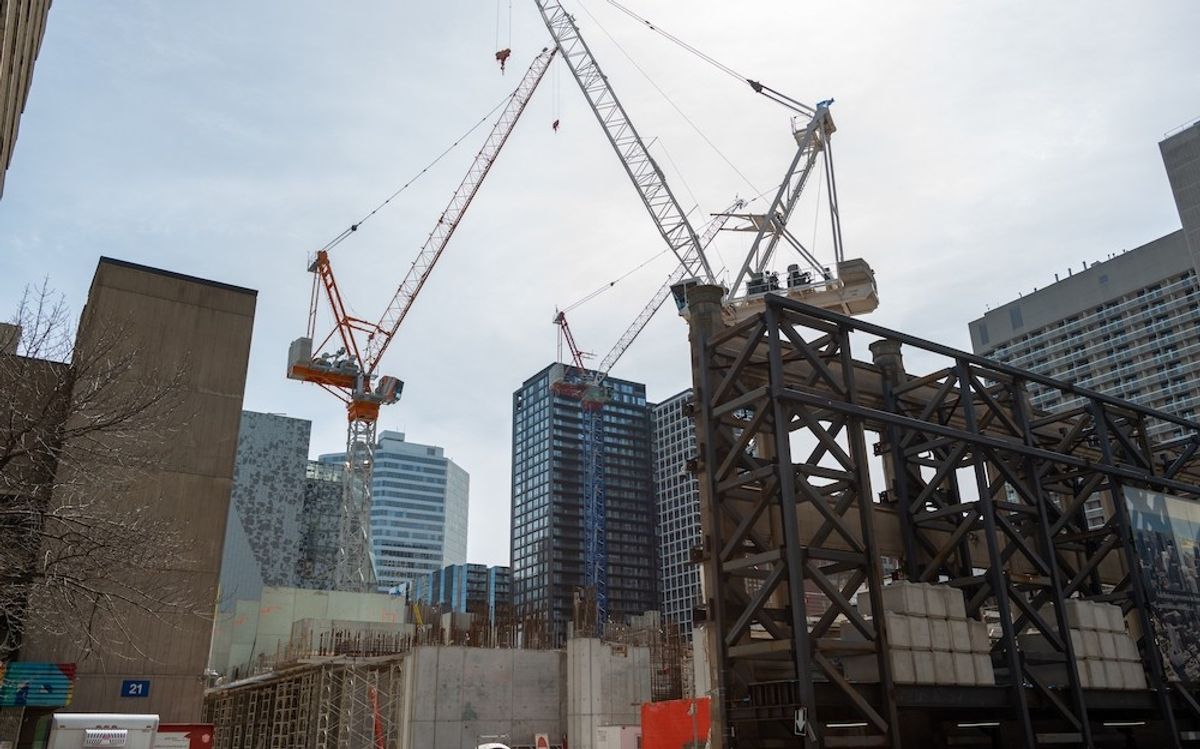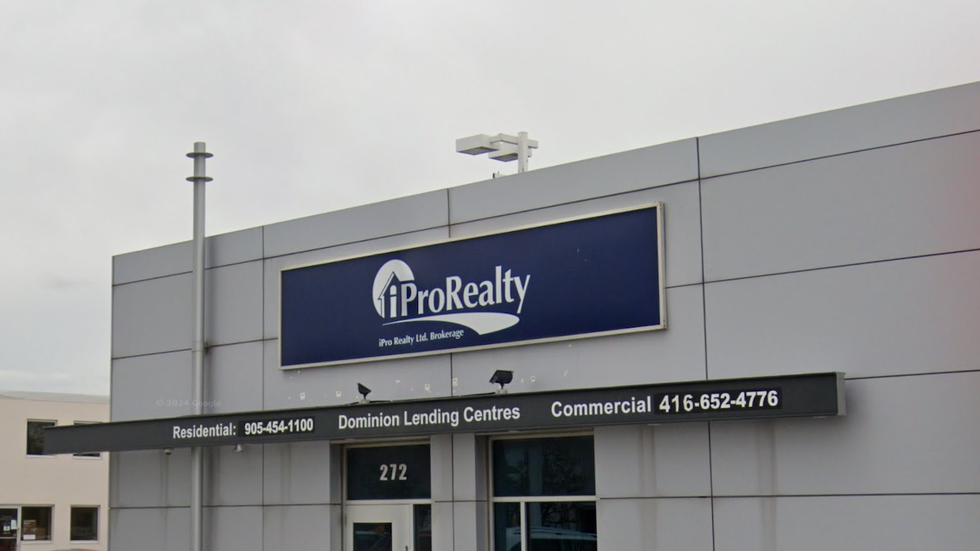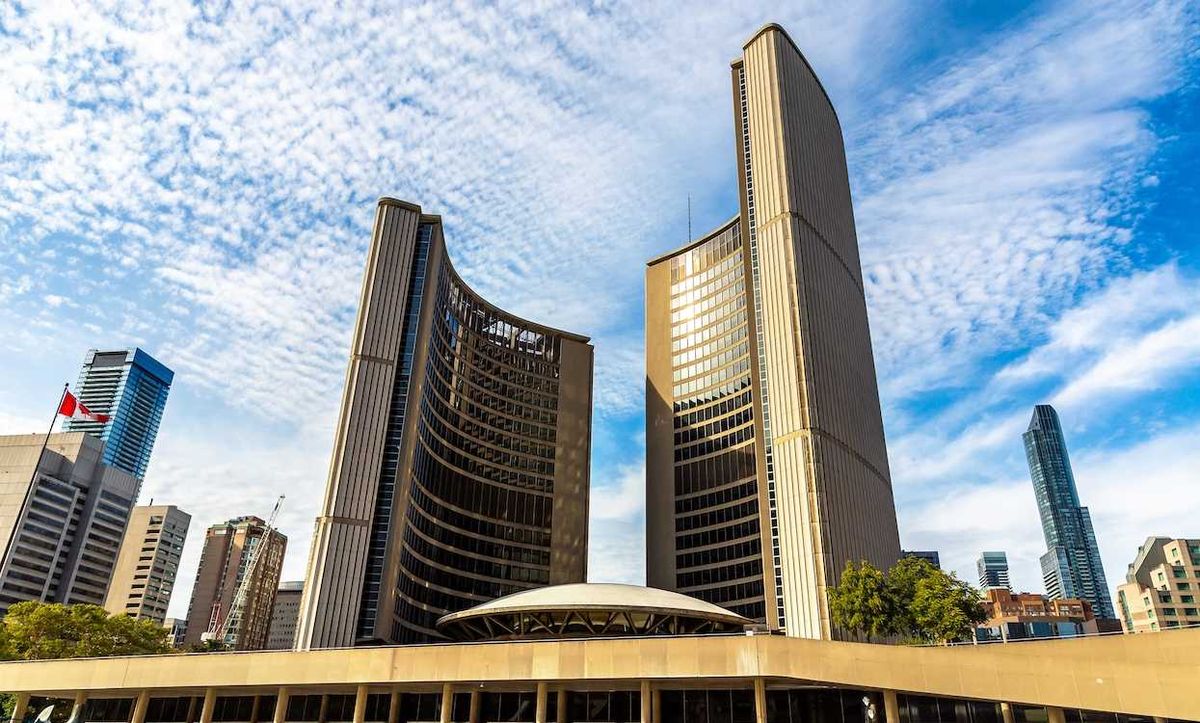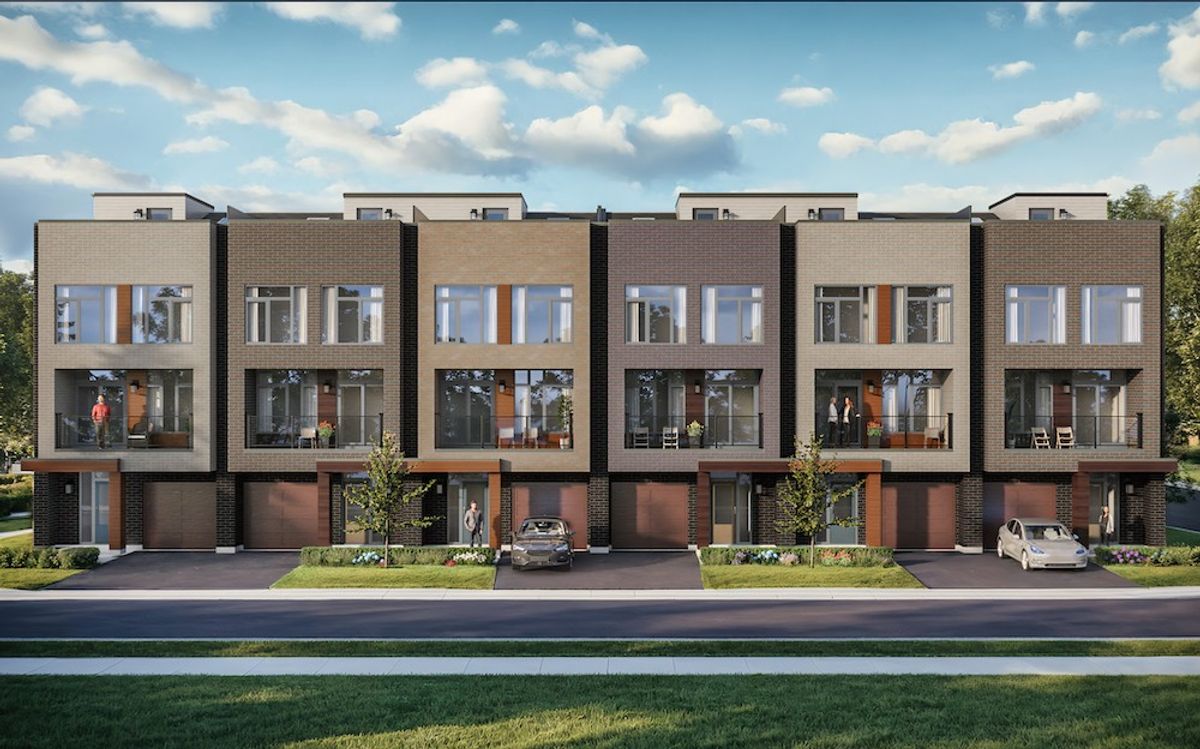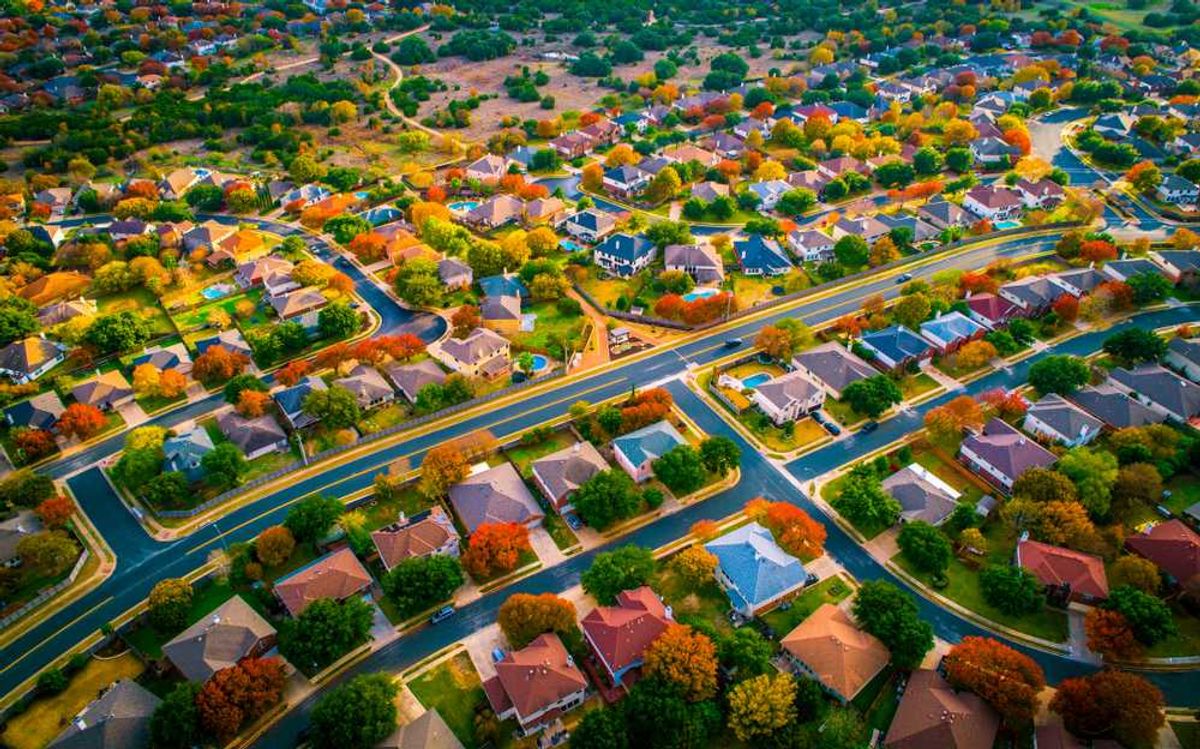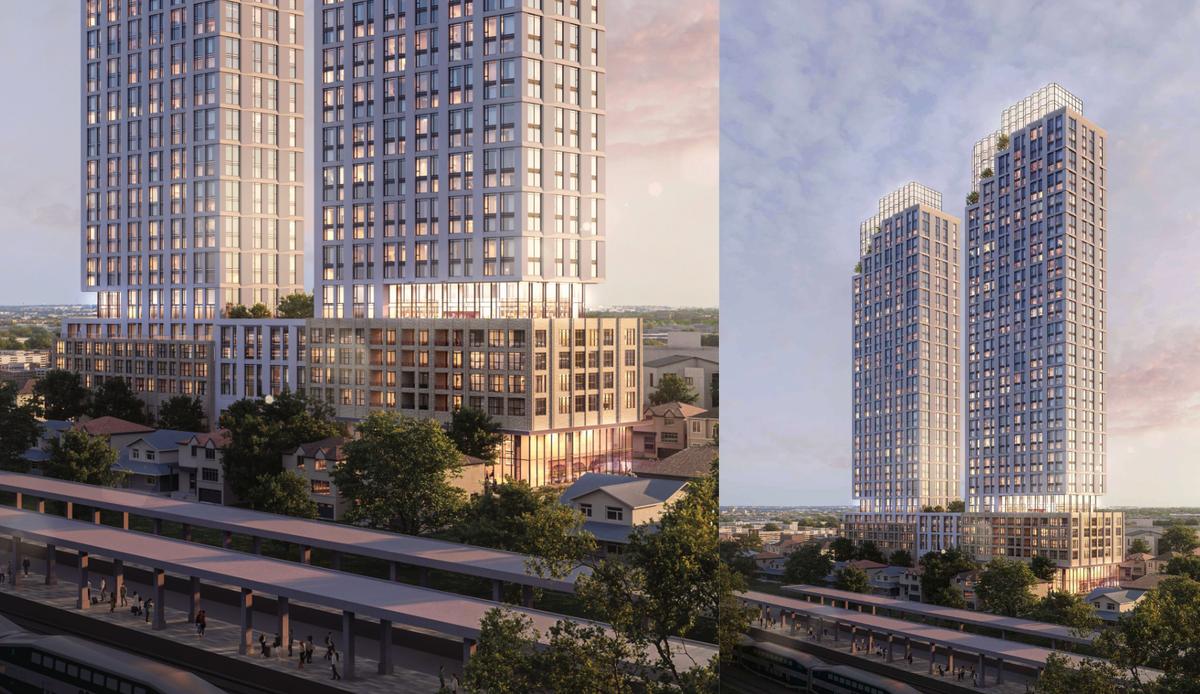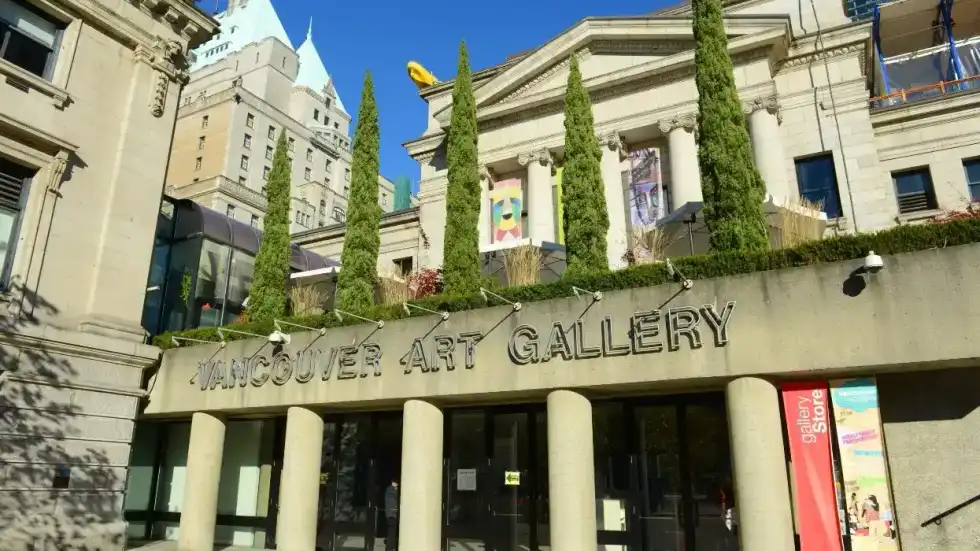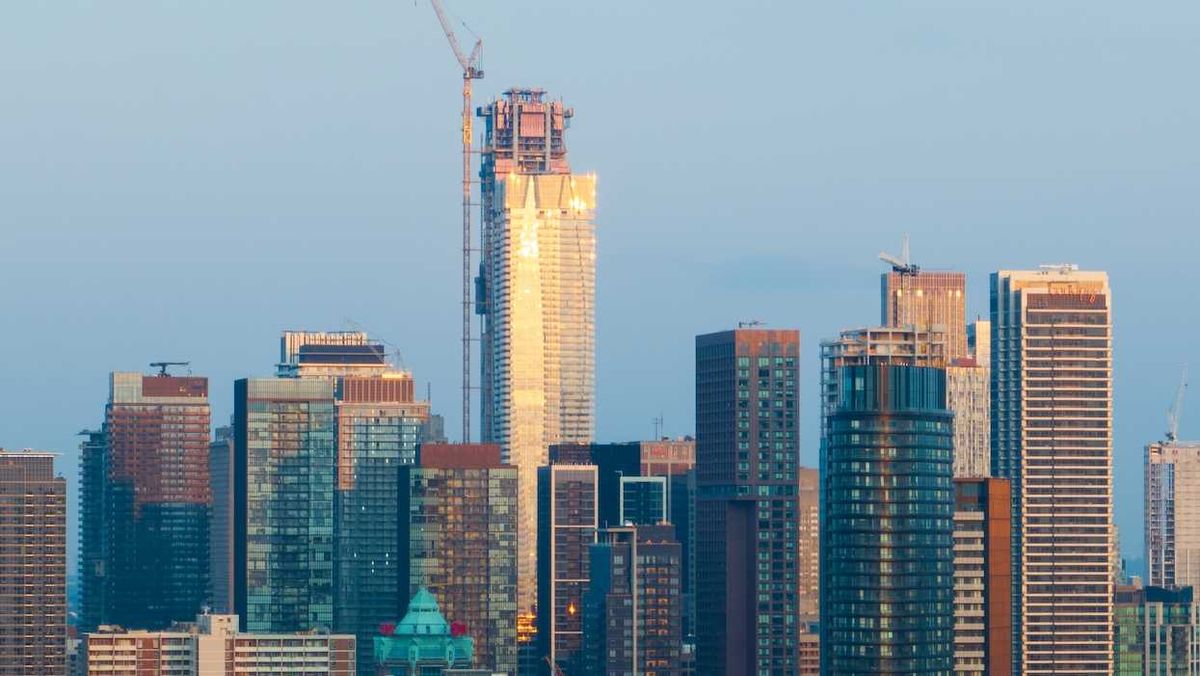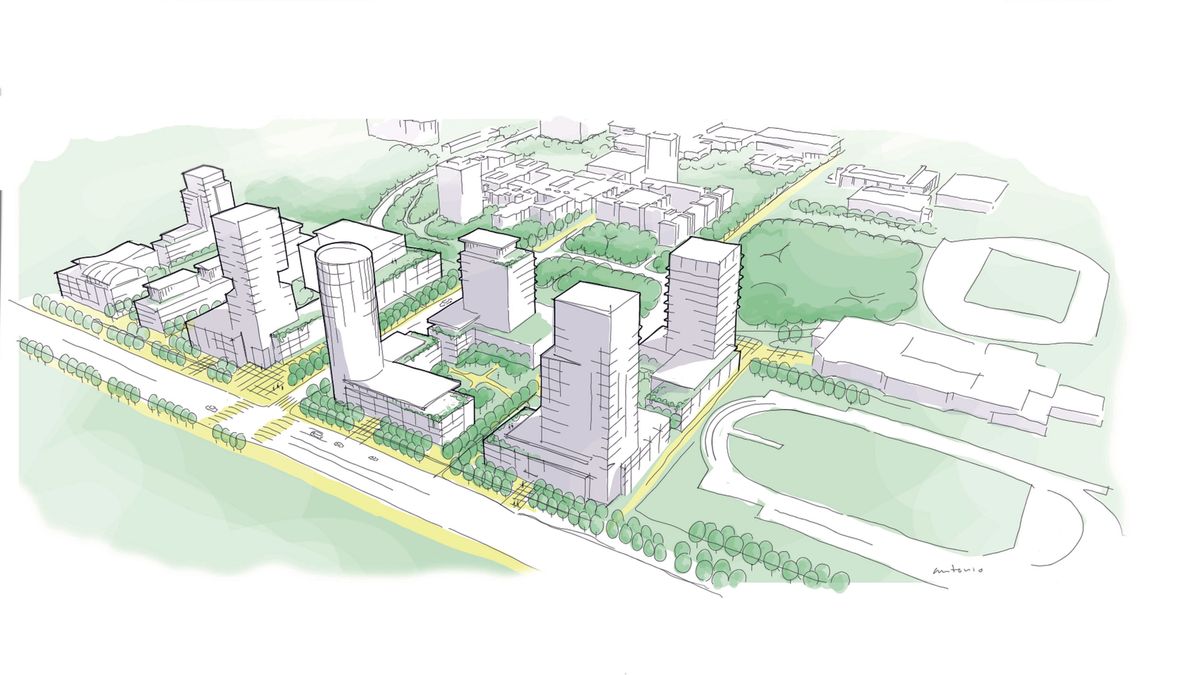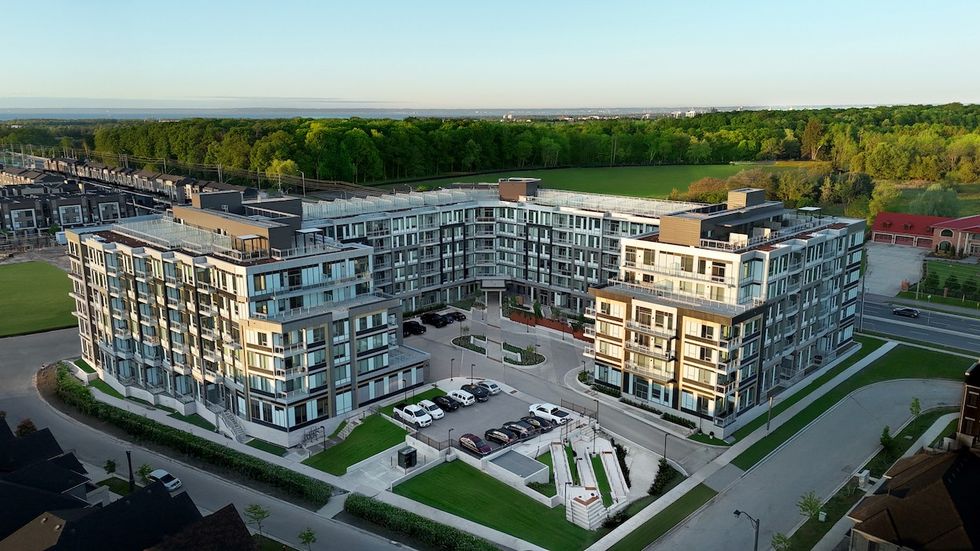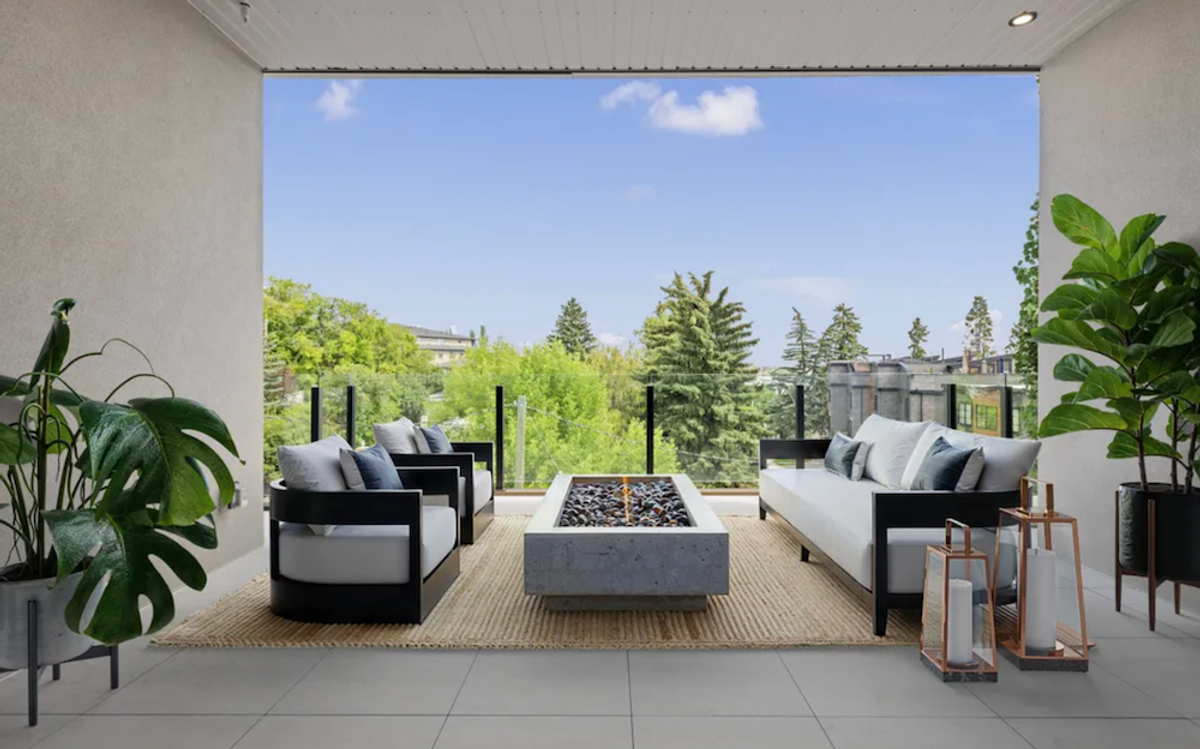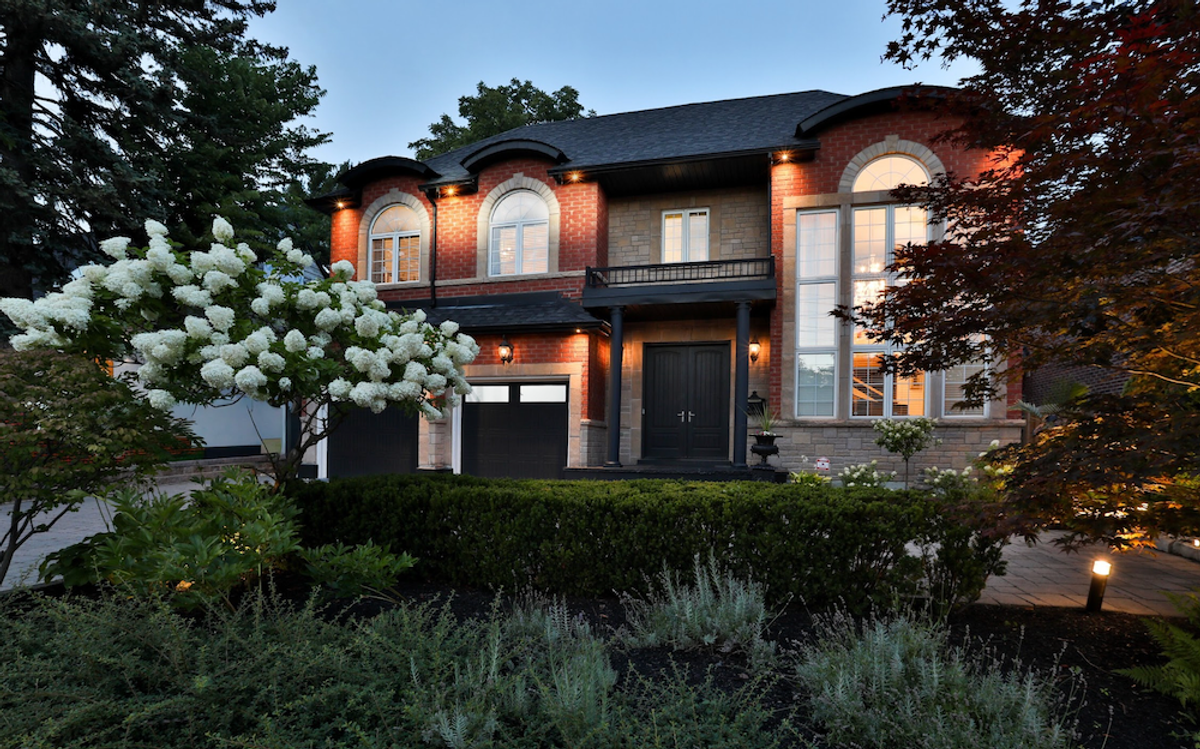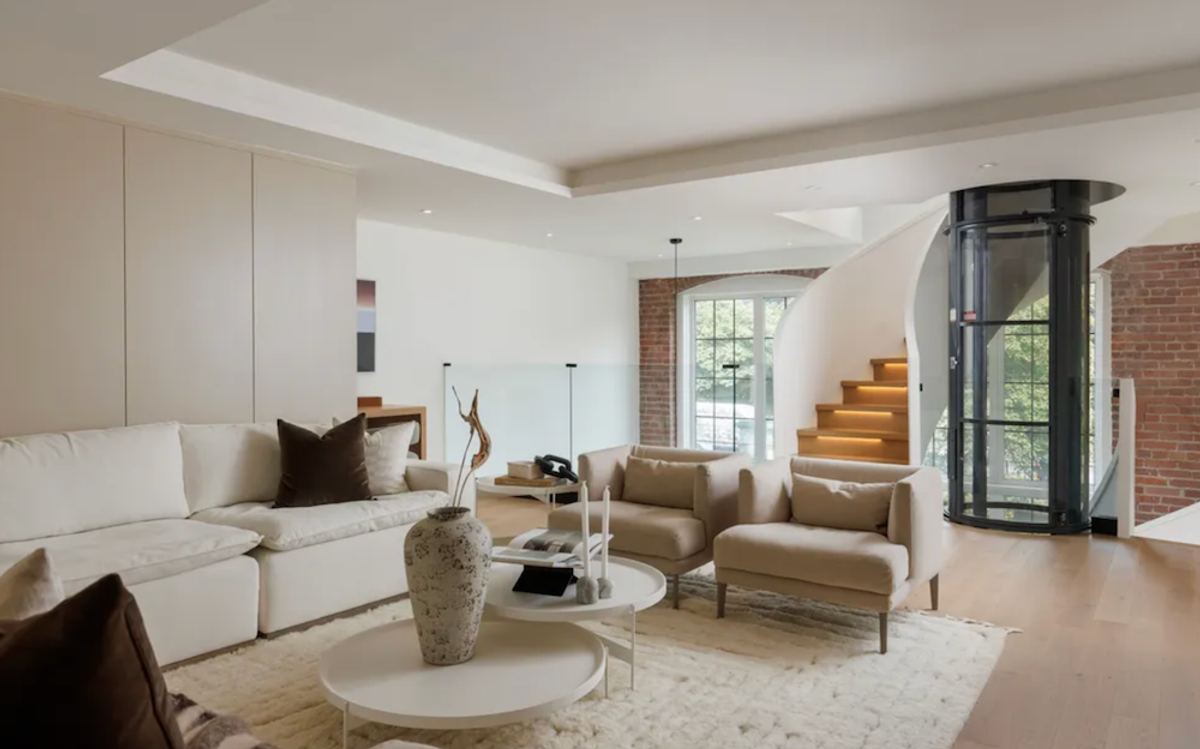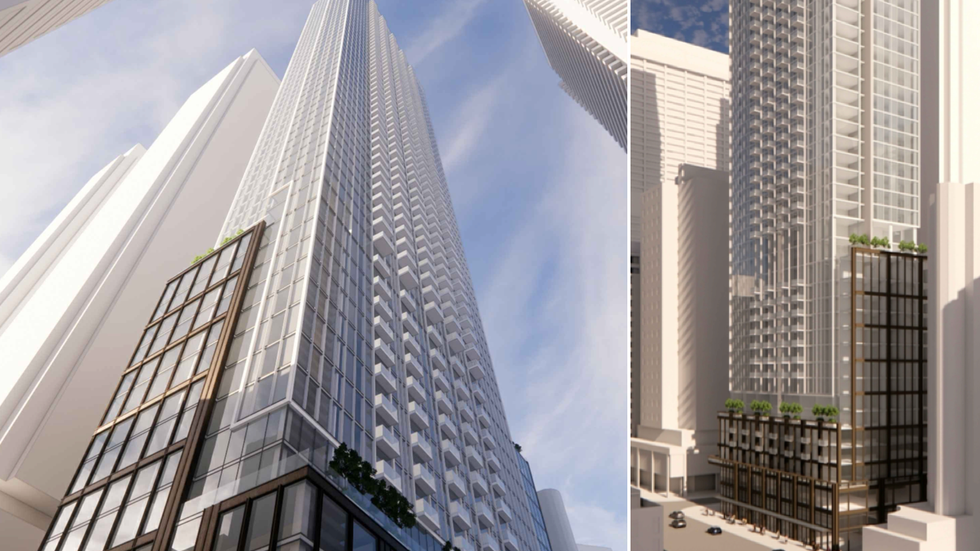In the past half-decade or so, the industrial real estate market in BC has been increasingly defined by the high demand and low supply of such space, which makes what occurred in Q1 that much more notable: Vancouver just saw the lowest amount of industrial space absorbed in nearly a decade.
According to a Q1 2023 national report published by Colliers last week, 710,000 sq. ft of new supply was added to the market in Q1, but just 36,116 sq. ft of that was absorbed, which the real estate services firm says is the lowest in nearly 10 years. Accordingly, the industrial vacancy rate more than doubled compared to Q4 2022.
It must be noted, however, that although the vacancy rate tripled from 0.2% to 0.6%, Vancouver still has one of the lowest vacancies in Canada, second only to Victoria and Toronto, which both had rates of 0.4% (up from 0.1% and 0.3% in Q4 2022, respectively). Across Canada, the national industrial vacancy was at exactly 1%, with Colliers noting that industrial real estate remains a "landlord's market."
Aside from the low amount of land and space, the other factor that has defined the industrial real estate market in BC is the incredibly high prices. While the former changed in the past quarter, the latter has not. Vancouver remains the only market in all of Canada with a net asking rent of over $20 per sq. ft, at $22.09 -- up nearly $1 from the $21.10 in Q4 2022 and nearly $4 more than both Victoria and Toronto.
"Industrial leasing [nationally] is as strong as ever," Colliers' Senior National Director of Research Adam Jacobs told STOREYS, "and there's no end in sight." Jacobs says that fluctuating interest rates can slow down sales and transactions, but has less of an effect on leasing. There's so much demand that builders often do not even really need to have tenants secured in advance, meaning the low aborption seen in Q1 is more than likely just a negligible blip.
On Vancouver, Jacobs says that "rents are so high in Vancouver you can do things that don't necessarily make sense elsewhere." Those things include strata industrial space and stacked industrial space, both of which he says are fairly common in British Columbia, but a lot less so elsewhere. He adds, however, that BC is a bit of a vanguard on the industrial front and that what has happened in BC will likely turn up in places like Ontario a few years from now.
One other trend that has become increasingly common is that land parcels being used for industrial projects now are shrinking.
READ: Red Bull, Hungerford, Denciti Move On Industrial Land Outside Metro Vancouver
David Basche, President of Astria Properties, tells STOREYS that industrial projects have traditionally been at least five acres in size. Astria, however, specializes in "boutique" industrial developments under four acres, with their projects having an average size of just 2.25 acres.
Basche says that Astria focuses on this smaller market not just because there's limited competition, but because the smaller size makes their projects accessible for small businesses. These small businesses would traditionally need to share a bigger industrial space with other tenants, Basche points out, but could potentially have their own spaces with these boutique options.
"There's a really big addressable market," Basche says, referring to the amount of small businesses in British Columbia. According to a 2022 Small Business Profile published by the Province, 98% of all businesses in BC have less than 50 employees.
As the aphorism goes: necessity is the mother of invention.
